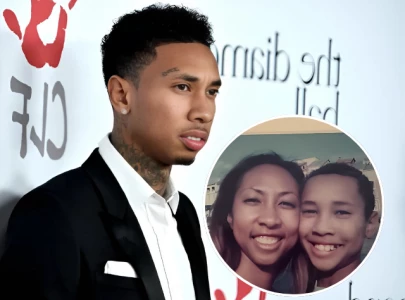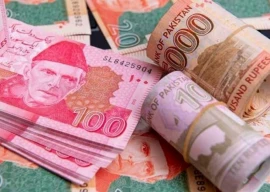1595219227-0/FotoJet-(18)1595219227-0.jpg)
Whenever a Royal gets married anywhere, it is said that the bell toll is heard around the world – that’s not true, we just made that one up, but what is true is that Royal weddings, their customs, and the regalia sure is speculated across continents!
From Princess Diana’s extravagant dress to Kate Middleton’s lace-laden gown, right down to Meghan Markle’s stunningly simple bridal look, the Royals have a way of catching our eye – especially the crowns atop their heads!
Compiled from People, here is a look at some tiaras worn by royal brides in recent memory – from Queen Elizabeth her self’s to the latest royal bride, Princess Beatrice’s.
Princess Beatrice
1595219011-0/FotoJet-(11)1595219011-0.jpg)
Princess Beatrice, 31, wed Edoardo Mapelli Mozzi on July 17, 2020, in a secret ceremony made close-knit thanks to the coronavirus pandemic.
While it may have been a fairly simple affair, the Princess’ tiara was one of the highlights. On her big day, Beatrice donned the Queen Mary diamond fringe tiara, which was worn by her grandmother Queen Elizabeth at her 1947 wedding to Prince Philip.
A source close to People revealed, “The Queen saved this grand tiara specifically for Beatrice. It was always reserved for her as they are exceptionally close.” It is also regarded as “arguably the most sentimental piece lent from the Queen yet.”
Princess Eugenie
1595219011-1/FotoJet-(13)1595219011-1.jpg)
Princess Eugenie wed Jack Brooksbank in 2018 and surprisingly borrowed the Greville Emerald Kokoshnik Tiara instead of the York Diamond Tiara, worn by her mother Sarah Ferguson at her wedding to Prince Andrew.
The gorgeous tiara is made of brilliant, rose-cut diamonds pavé set in platinum, with six emeralds on either side.
Meghan Markle
1595219011-2/FotoJet-(14)1595219011-2.jpg)
Meghan Markle’s wedding to Prince Harry was a defining moment in royal history, and to complement that moment, Meghan also got the privilege to don a tiara straight from the Queen’s vault.
The Duchess of Sussex wore the Queen Mary Diamond Bandeau, which features diamonds set in platinum. Made in 1932, it features a centre detachable brooch made of ten diamonds dating back to 1893, according to the Kensington Palace.
The tiara is “formed as a flexible band of eleven sections, pierced with interlaced ovals and pavé set with large and small brilliant diamonds.”
Kate Middleton
1595219012-3/FotoJet-(15)1595219012-3.jpg)
Kate and Prince William’s April 2011 wedding was straight out of a fairy-tale, complete with Kate’s special tiara coming down to her from the Queen’s personal collection!
The Duchess of Cambridge looked regal as ever as she walked down the aisle at the Westminster Abbey wearing the 1936 Cartier Halo Tiara atop her head.
The stunning headpiece was as an 18th birthday gift for Queen Elizabeth, from her mother (the Queen Mother herself was given the tiara by Elizabeth’s father King George VI in 1936).
Princess Diana
1595219012-4/FotoJet-(16)1595219012-4.jpg)
The people’s princess chose to turn to her own family vault for her big day, choosing a Spencer family heirloom for her walk down the aisle to marry Prince Charles in 1981.
The Spencer Tiara features different pieces of jewelry that hold special meaning to the family. The central part of the tiara was a wedding present for Lady Cynthia Hamilton (Diana’s grandmother) when she married Albert, Viscount Althorp, the future 7th Earl Spencer, in 1919.
Queen Elizabeth II
1595219011-5/FotoJet-(17)1595219011-5.jpg)
The Queen Mary diamond fringe tiara, mentioned earlier as worn by Princess Beatrice, was first worn down the aisle by Queen Elizabeth II at her wedding to Philip Mountbatten in 1947.
The stunning piece of jewelry consists of rows of diamond spikes in a fringe pattern, and can also be worn as a necklace. It was originally made for Queen Mary, the grandmother of Queen Elizabeth, in 1919, by Garrard.
Psst… you won’t believe this anecdote about this one! On the Queen's wedding day, the diadem snapped in half as the hairdresser was securing it to her veil, Vogue reported. Luckily, it was taken to the Garrard workshop where it was welded back together just in time for The Queen to wear it down the aisle.
Have something to add to the story? Share it in the comments below























COMMENTS
Comments are moderated and generally will be posted if they are on-topic and not abusive.
For more information, please see our Comments FAQ